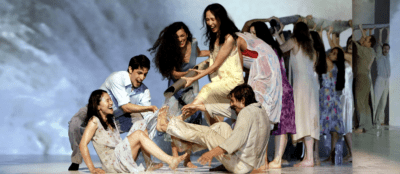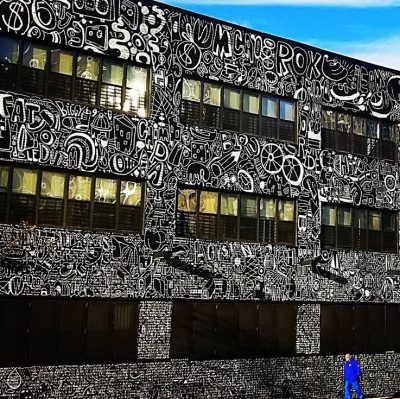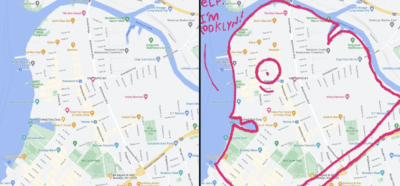Photo illustration by Johansen Peralta
Photographer Jamel Shabazz: Eyes on the people
In this episode of "Brooklyn Magazine: The Podcast," the iconic street photographer discusses his life's mission documenting his times
Like what you’re hearing? Subscribe to us at iTunes, check us out on Spotify and hear us on Google, Amazon, Stitcher and TuneIn. This is our RSS feed. Tell a friend!
If you’ve seen much street photography from New York City generally or Brooklyn specifically from the 1980s — a more innocent time before the crack and AIDS epidemics, at the dawn of hip-hop, before it was the global lingua franca — chances are you’ve seen the photography of Jamel Shabazz.
Born in Red Hook in 1960, Shabazz was raised by a father who was a professional photographer and Navy vet.
“My earliest memories of Red Hook is really the war in Vietnam,” he says. “Whatever the reason that really stands out with me because it traumatized me early on.”
It was in Red Hook where the war came home: A young man by the name of Sam White was killed in the war, and the news came down hard on his community and shook a 9-year-old Shabazz to his core. White’s death prompted Shabazz to learn more about the war, which he wasn’t hearing about in school.
He tells that story, and many more, on this week’s guest on “Brooklyn Magazine: The Podcast,” where we discuss his life and career, his legacy and what’s next.
“It’s through the eyes of the photographers that I was able to learn about the war in Vietnam, not through any particular school books, but it was the weekly publications of Life Magazine, Time, Newsweek, National Geographic,” he says (he also spent a lot of time reading Playboy … for the articles). “I saw the beauty of photography and the importance of photographers to document not only Vietnam but all the other conflicts that were going on at that time in addition to the Civil Rights Movement and everything that was transpiring in the South at that time period.”
At 15 he picked up a camera for the first time and began shooting his friends at school. “It immediately gave me a voice. When I looked through the viewfinder, I was looking through my third eye. I was seeing a world beyond my world,” he says. “I was able to engage with people, tell people how great they are, how beautiful they look and I felt good about them. It was beyond just taking photographs, it was about having a platform to communicate with my peers and having a purpose.”
To escape the streets and get out of his mother’s hair, Shabazz says he joined the military himself in 1977, only to return to a much-changed Brooklyn only three years later.
“I came home to a war. A lot of young men were dying at the hands of other young men,” he says. “I wanted to be a role model to a lot of these young men … There is something magical about the camera because as I’m engaging them, I’m documenting them at the same time.”
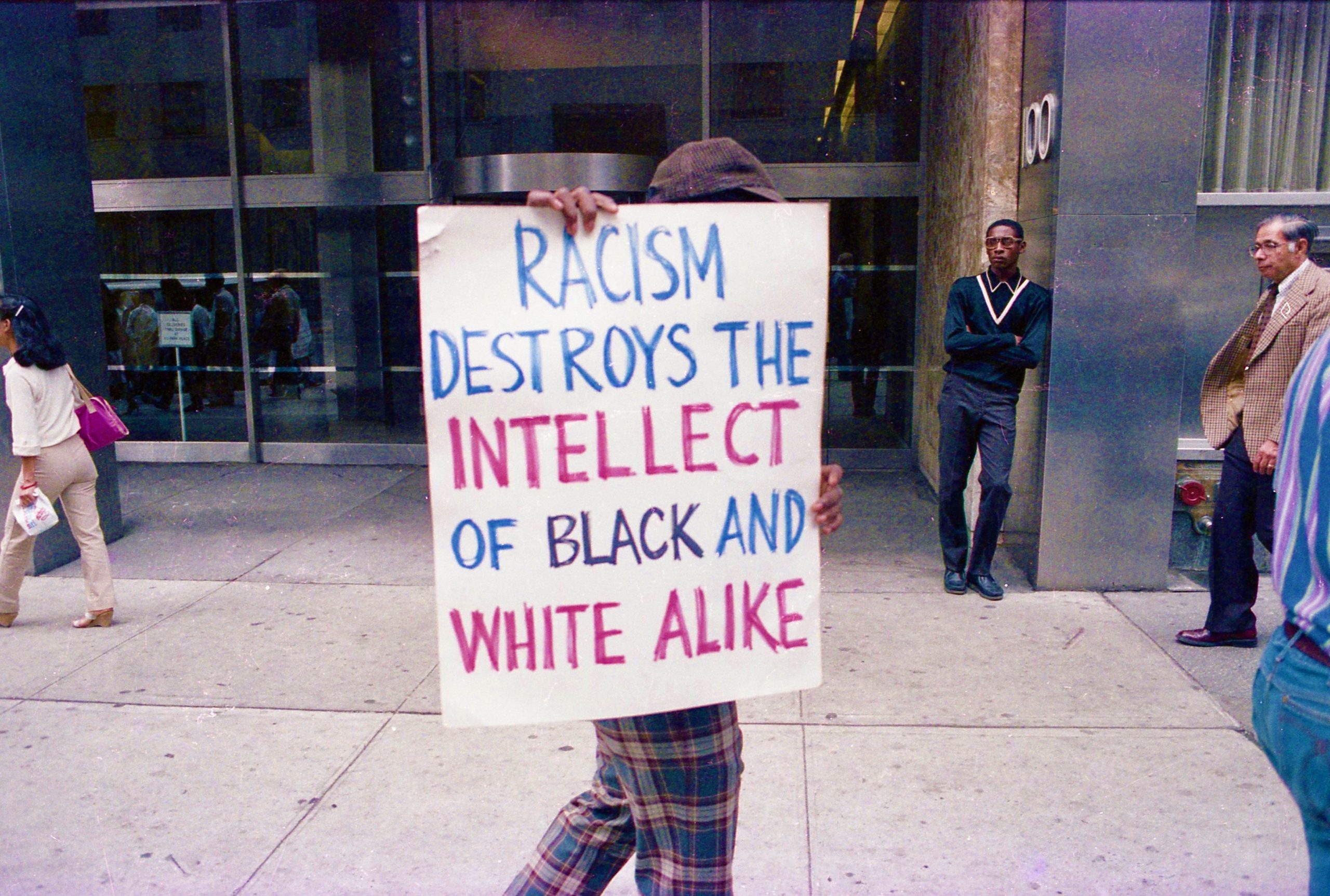
‘Sign of the time, NYC 1981’ (Jamel Shabazz)
So he began shooting. And shooting. And shooting. He shot the neighborhood kids just a few years younger than him. He shot lovers and groups of friends. The pictures are somewhat posed, but still contain an impromptu urgency. They exude life and empathy and capture a time — and a lot of people — that are now gone.
In the tradition of Gordon Parks and Leonard Freed, Shabazz leveraged access and an eye to reflect a community he loved, rooted for and saw in times of both suffering and celebration. The camera would become for him both a time machine and a compass. “This is a mission,” he remembers telling himself. “I don’t know exactly where it’s going to lead me to.”
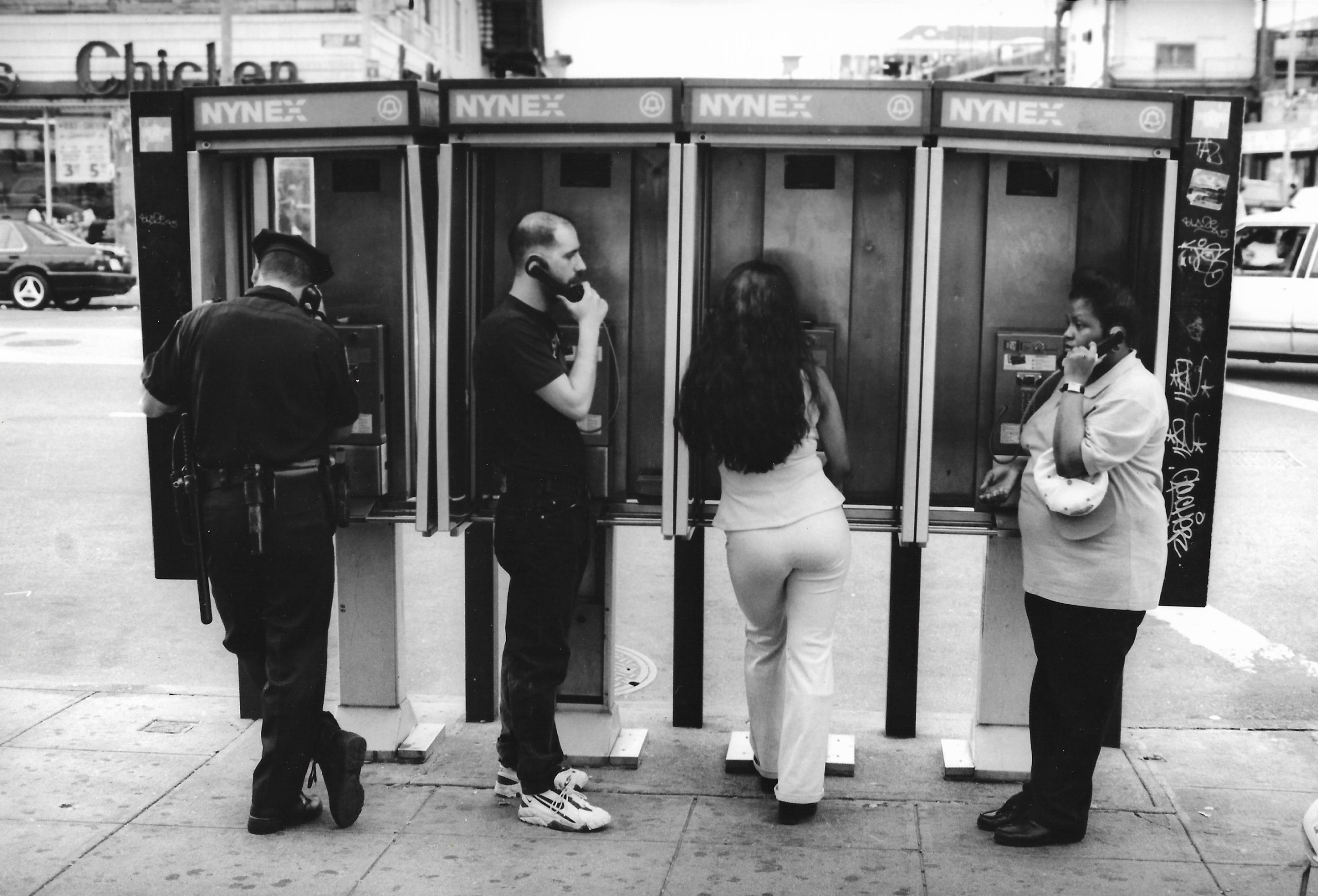

‘Four degrees of separations,’ 1997 (Jamel Shabazz)
Today, we have some idea of where it led him: Shabazz is the recipient of the 2022 Gordon Parks Foundation/Steidl Book Prize and is currently the subject of a career survey, “Jamel Shabazz: Eyes on the Street,” at the Bronx Museum. You can also catch an exhibit he curated of six younger artists at the Lefferts Historic House in Prospect Park now called The Brooklyn Connection. His 2005 collection “A Time Before Crack” is being reimagined and re-released later this month by PowerHouse books.
He frequently posts his archival images on Instagram where he is astonished to hear from subjects he shot 30, 35 years ago, and learn more of the stories behind snapshots he took in another lifetime. “To my surprise people are seeing themselves or their loved ones,” he says. “They’re tagging them, they’re writing me, and their stories are incredible.”
Check out this episode of “Brooklyn Magazine: The Podcast” for more. Subscribe and listen wherever you get your podcasts.
You might also like 

















